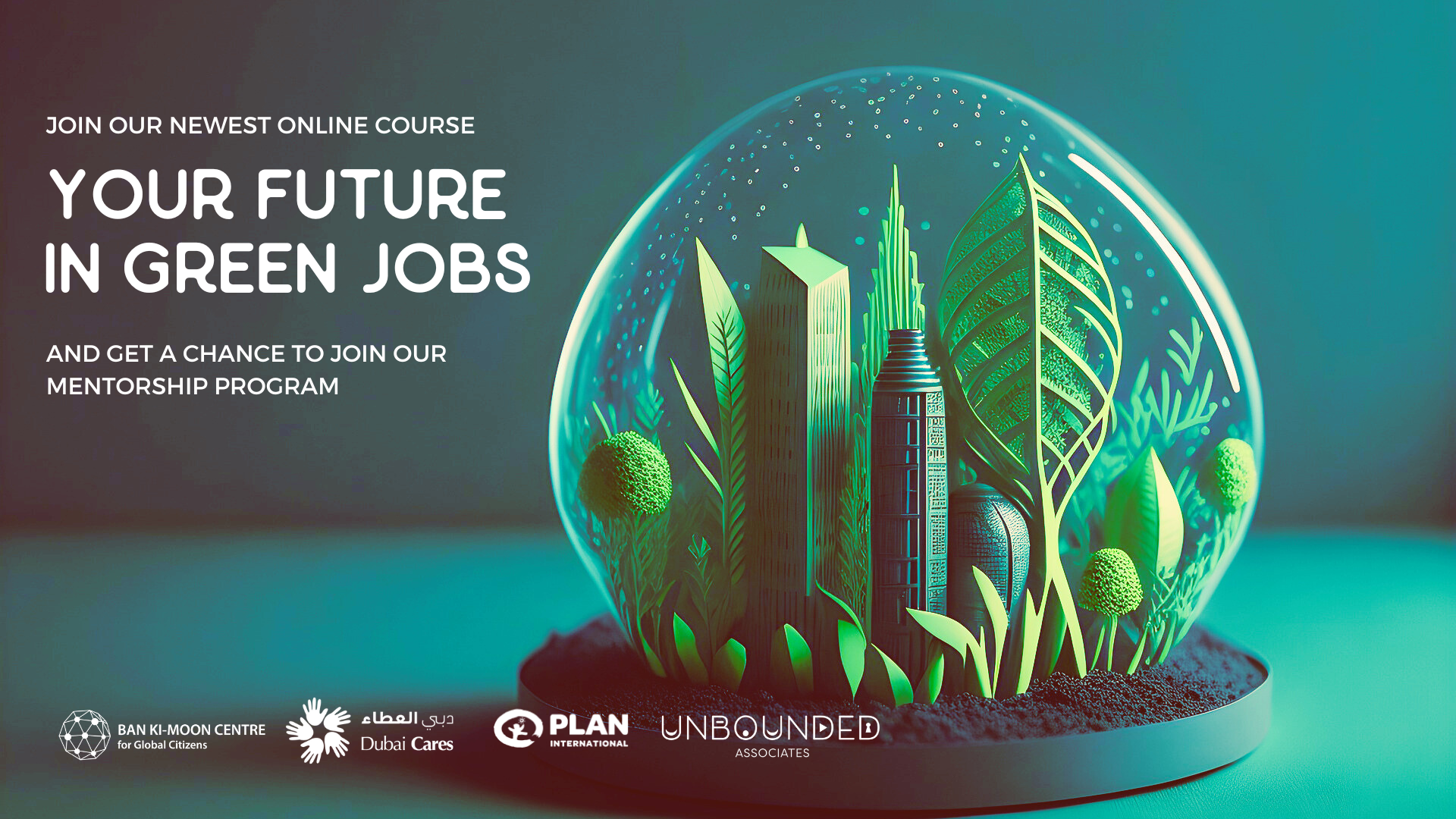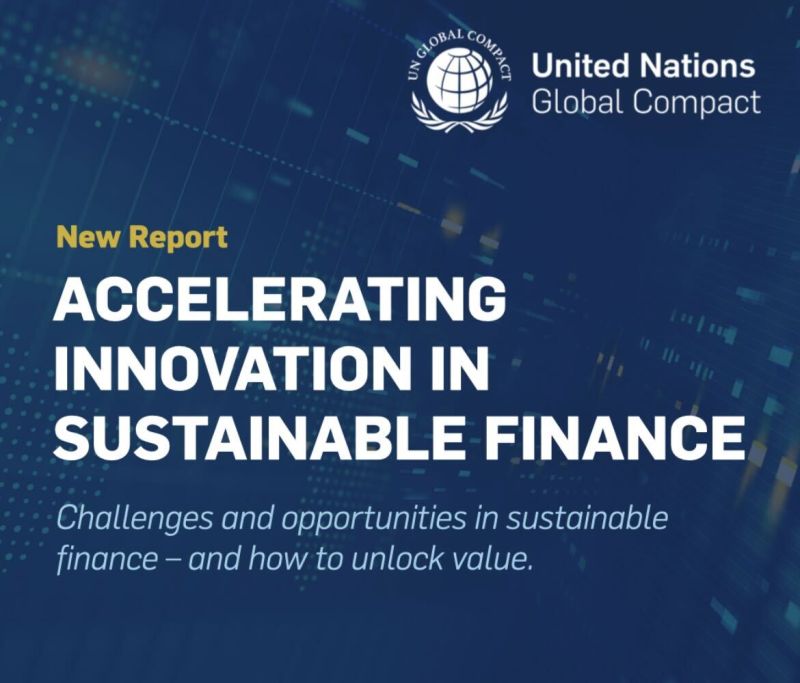The Green Economy, as it is understood in the 21st century, is an economic model designed to function in harmony with the environment, as opposed to against it. It actively seeks to reduce environmental risks and ecological scarcities while aiming for sustainable development. It also champions the notion of not only economic, but also social well-being. Central to this model are two guiding principles – reducing emissions and minimizing waste, while increasing efficiency in the use of resources. Thus, the Green Economy and Sustainable Development Goals (SDGs) set by the United Nations (UN) are inextricably linked, both attempting to create an integrated approach to solving environmental, societal, and economic challenges.
The 17 SDGs are aimed at eradicating poverty, fighting inequality, and addressing climate change, among others. Many of these goals are directly linked to the principles of the Green Economy. For example, SDG 7 advocates for affordable and clean energy, which echoes the Green Economy's push for the efficient use of resources and lower emissions. Similarly, SDG 12, which is about responsible consumption and production, corresponds to the Green Economy's focus on minimizing waste and resource efficiency.
The Green Economy acts as a driving force to achieve these SDGs by fostering economic growth and job creation, through sustainable and environmentally-friendly practices. By directing investments into sectors such as renewable energy, sustainable agriculture, and green construction, it helps not only in achieving SDGs related to climate action and responsible consumption but also those associated with poverty eradication, zero hunger, and decent work, to name a few. Through this holistic approach, the Green Economy ensures the synergistic attainment of SDGs, promoting an inclusive, resilient, and sustainable future for all.
The relationship between the Green Economy and the SDGs is a symbiotic one, where each feeds into and strengthens the other. The Green Economy offers a practical pathway to reach the SDGs, while the SDGs provide a comprehensive framework that gives direction to the Green Economy. It’s a sustainable match made in heaven, where the implementation of one enhances the achievement of the other, making them two sides of the same coin in the quest for global sustainability and a better future for all.
This content aligns with SDG 7 and SDG 12: Pomegranate peels are otherwise discarded. But this chapter discusses how the waste can be converted into a clean source of renewable energy.
Supported by Dubai Cares and together with Unbounded Associates and Plan International, the Ban Ki-moon Centre presents the “Your Future in Green Jobs” Online Course and Mentorship. Designed for people of 14-20 years old, this course aims to empower youth to connect their passion, interests, and skills with meaningful careers that address climate change head-on.
The program has two key components:
This Perspective highlights the complex development challenges of road network expansion in sub-Saharan Africa, emphasizing the need for sustainable, evidence-based strategies that balance economic growth with environmental preservation through community engagement and transdisciplinary approaches.
This Perspective highlights the complex development challenges of road network expansion in sub-Saharan Africa, emphasizing the need for sustainable, evidence-based strategies that balance economic growth with environmental preservation through community engagement and transdisciplinary approaches.
The article highlights the potential of AI to support SDGs related to responsible consumption and production (Goal 12), and climate action (Goal 13).
The UNGC's latest report on “Accelerating Innovation in Sustainable Finance” offers models for businesses on how to deliver financial returns and positive global impact – together.
To move beyond simplistic views of rural and Indigenous producers, a more inclusive approach is needed�one that recognizes the complexity of plural sociobioeconomies and values local producers as equal partners and knowledge holders. This shift is essential for building a fair and sustainable regional sociobioeconomy in the Amazon.
The expansion of bioeconomy strategies focused on growth and technology in the Brazilian Amazon risks reinforcing colonial and exploitative patterns. To ensure environmental justice, development must shift toward community-centered, post-growth forest futures.


